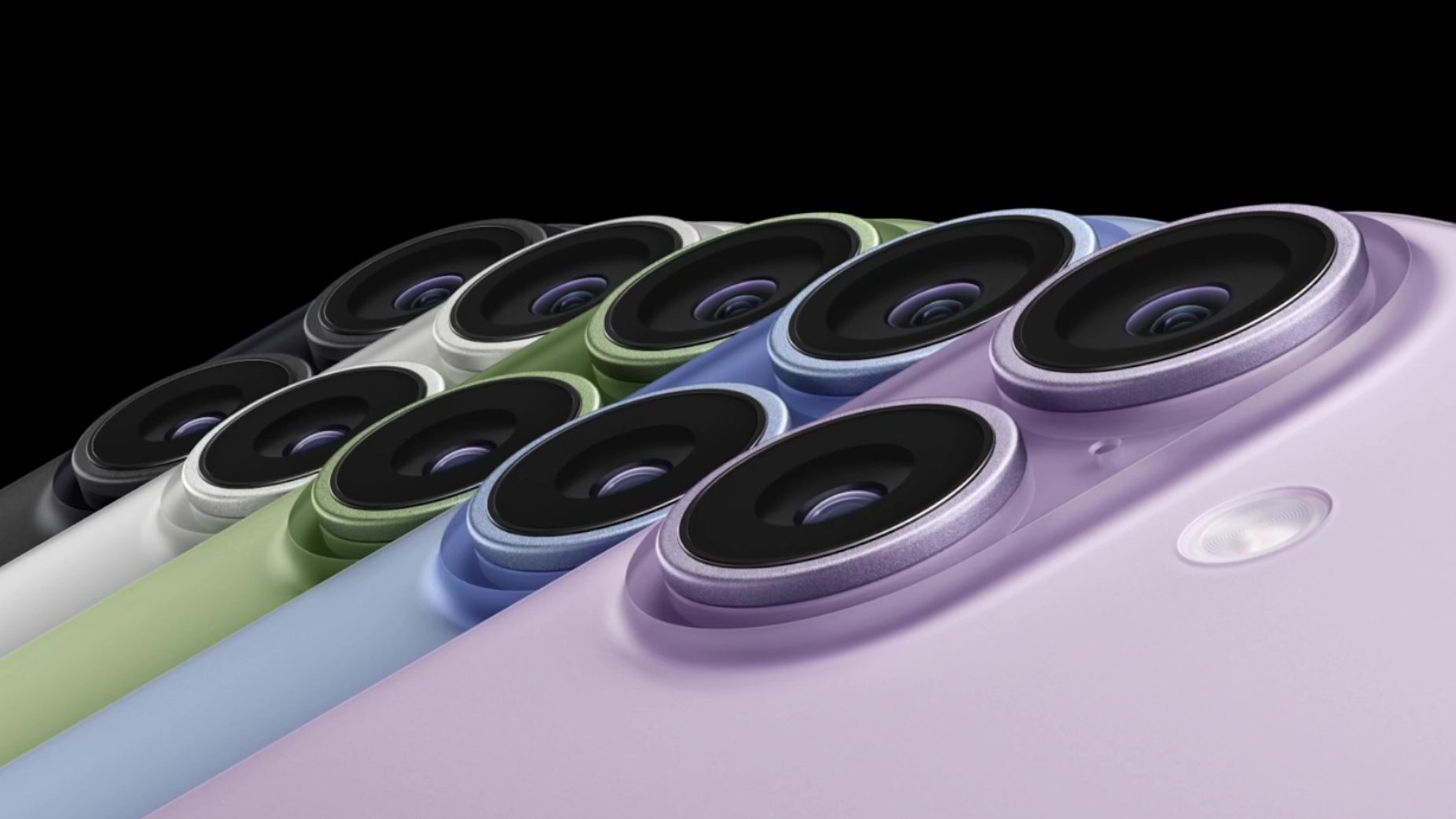This technology, which allowed two threads to run on a single core, was replaced by more power-efficient P-cores, with greater emphasis on E-cores for multi-core tasks.
According to Arik Gihon, chief architect of the CPU SoC, abandoning Hyper-Threading is a reasonable step as the new E-cores are efficient enough for multi-threaded operations.
Lunar Lake will feature four E-cores positioned on a new Compute Tile with a Low Power Island complex, used by the Thread Director and the OS to perform tasks at their best.
Intel claims that the new architecture, which prioritizes physical cores rather than threads, reduces the need for Hyper-Threading. Robert Hallock stated that E-cores can now provide better performance without the use of Hyper-Threading.
Source: Ferra
I am a professional journalist and content creator with extensive experience writing for news websites. I currently work as an author at Gadget Onus, where I specialize in covering hot news topics. My written pieces have been published on some of the biggest media outlets around the world, including The Guardian and BBC News.












